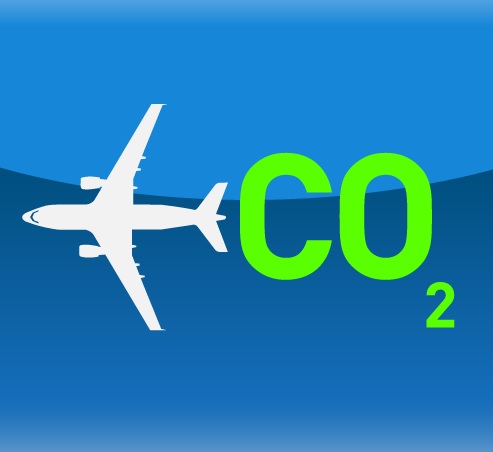Putzger Perspective: Tackling aviation emissions
05 / 01 / 2022

The air cargo industry is tackling emissions. Photo: ICAO
In this month’s column, Ian Putzger tackles the challenge faced by aviation when it comes to reducing emissions.
2022 does not look like a good year to add to the cost of flying. Fares are already heading up, thanks to a global inflation. In aviation, this is aggravated by the steep rise in fuel costs.
Despite this, aviation intelligence and advisory company IBA expects air travel demand to grow, as it has done in previous spells of high oil prices. This means that emissions from aviation are set to increase.
According to the International Civil Aviation Organization (ICAO), aviation accounts for about 2% of global emissions, with 1.3% from international aviation.
In its path to net zero by 2050, the organisation has targeted a 2% improvement in fuel efficiency per year, but this alone is not going to be enough.
ICAO has come to the conclusion that radical, disruptive innovation is necessary to deliver the required level of decarbonisation.
This 2% of global output does not sound like a big deal, but the share could well rise, as other industries will be able to decarbonise faster, IBA warns.
The pressure to lower carbon footprint is rising. The traveling public, especially the younger generation, is sceptical about the credentials of aviation in this arena, and this is spilling over into the commercial sector.
More and more businesses have set goals to become carbon-neutral, and they are looking to their logistics providers to play their part.
Most supply chain organisations agree that there has been a stark discrepancy between rhetoric and action when it comes to sustainability efforts, but the realisation is mounting that urgent action is necessary, as ICAO’s verdict reflects.
Disruption from climate-related events is now seen as a greater threat to supply chains than the Covid-19 pandemic.
According to a UN report, workplace disruptions caused by climate change could lead to $2trn in productivity losses by 2030.
It is imperative that all parts of the supply chain join in the effort to move the needle on carbon footprint, or the losses will far outstrip the short-term cost increases associated with such efforts.
IATA estimates that in the 2021-2025 period 97% of aviation’s carbon footprint reduction will come from offsets.
At this point sustainable aviation fuel is not cost-effective and in too short supply, but it is important to move ahead and expand the base.
SAF-powered cargo flights and sustainable products like the one launched by Lufthansa Cargo show that airlines are beginning to move in this direction.














